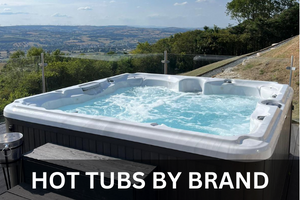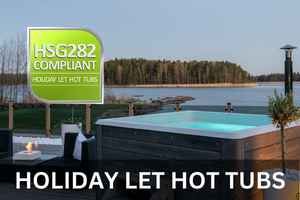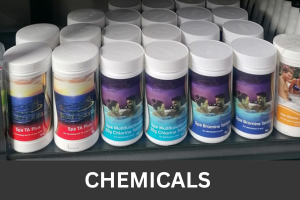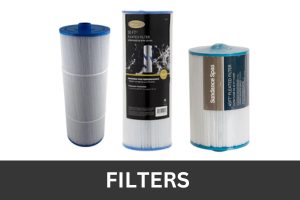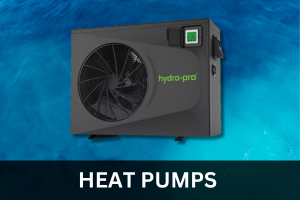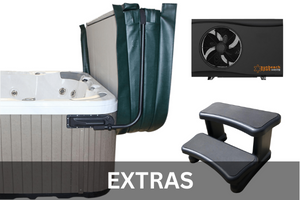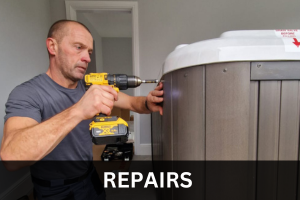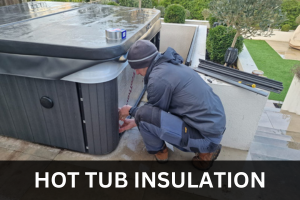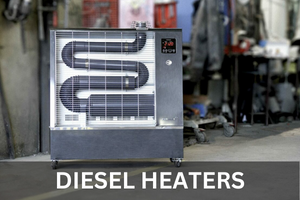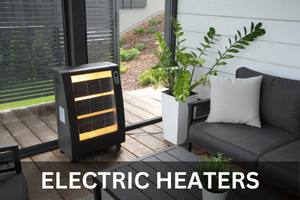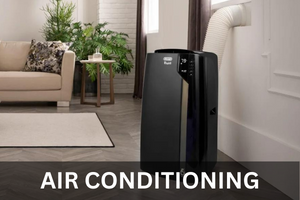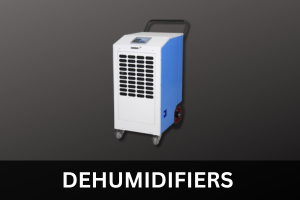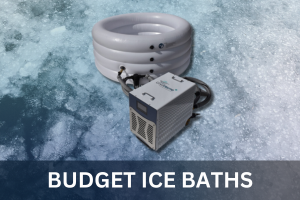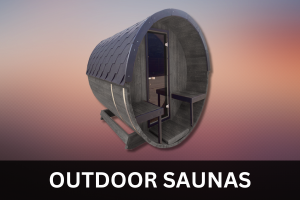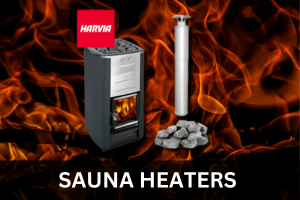Menu
-
- Home
-
Hot Tubs & Swim Spas
-
Chemicals & Filters
-
Services We Offer
- Ice Baths & Saunas
-
Useful Info
-
- 0151 662 0284
- Login

Hot Tubs & Swim Spas
Chemicals & Filters
Services We Offer
Infrared Heaters
Ice Baths & Saunas

Blue Horizons Tile & Liner Cleaner - 2 Litre
- Description
- Specification
lue Horizons Tile & Liner Cleaner - 2 Litre
Blue Horizons Tile & Liner Cleaner - 2 Litre - Liquid blended cleaning agent ideal for application to waterline using a soft cleaning cloth or sponge.
Application Instructions:
IMPORTANT - ALWAYS WEAR RUBBER GLOVES AND EYE PROTECTION WHEN USING THIS PRODUCT.
1 - Always test a small area of the pool surface to ensure compatibility before treating the whole pool.
2 - Wet the area to be treated using pool water.
3 - Apply tile & liner cleaner using a cloth or sponge to the area to be cleaned.
4 - Gently work tile & liner cleaner onto the waterline to remove any staining.
5 - Washdown cleaned surface area after use, with pool water.
Please refer to the Blue Horizons Pool Care guide for further product information in our downloads section.
General Precautions:
Dosing:
Never mix with other chemicals including household cleaners as a dangerous reaction may occur.
Handling/storage:
Important - See risk and safety phrases.
Wash hands after use.
Ensure the lid is replaced and sealed after use. - Store in a cool dry place.
BLUE HORIZONS WATERLINE CLEANING PASTE CONTAINS - PHOSPHORIC ACID- CLASSIFIED AS AN IRRITANT.
Risk:
Irritating to eyes and skin.
Safety:
Keep locked up and out of reach of children.
Avoid contact with skin and eyes.
If swallowed, seek medical advice.
Wear suitable protective clothing, gloves and eye/face protection.
In case of contact with the eyes, rinse immediately with plenty of water and seek medical advice.
After contact with skin, wash immediately with plenty of water. Seek medical advice if irritation occurs.
Frequently Asked Questions
-
Hot tub chemicals are essential for maintaining water quality, balancing pH levels, and sanitizing the water to ensure it's safe and comfortable for use.
-
The core chemicals include chlorine or bromine for sanitization, pH increaser or decreaser, alkalinity increaser, and calcium hardness increaser.
-
Some swimming pool chemicals may be compatible, but it's recommended to use chemicals specifically designed for hot tubs, as they are formulated for the smaller water volume and higher temperatures.
-
You should test and adjust chemical levels at least 2-3 times a week, more frequently if the hot tub is being used evry day.
-
The ideal pH level for a hot tub is between 7.2 and 7.8. Maintaining the correct pH level is crucial for water balance, user comfort, and equipment protection.
-
You can use either chlorine or bromine as your primary sanitizer, but it's not recommended to switch back and forth frequently due to differences in how they work.
-
Shocking your hot tub means adding a high-dose of sanitiser to eliminate contaminants and debris. Shock your hot tub every 1-2 weeks or when water appears cloudy or has a strong chlorine smell.
-
Yes, there are alternative sanitization methods such as ozone generators, mineral cartridges, and saltwater systems. These can reduce the need for traditional chemicals but are not entirely chemical-free.
-
Always follow the manufacturer's guidelines and instructions, wear protective gloves and goggles, store chemicals in a cool, dry place away from children and pets, and avoid mixing chemicals.
-
Baking soda can be used to raise alkalinity, but it's essential to use chemicals designed for hot tubs for accurate and consistent adjustments. Household items may not provide precise results and can lead to imbalances and hot tub damage.


